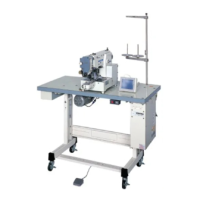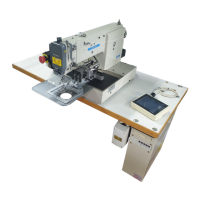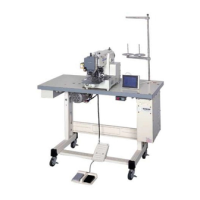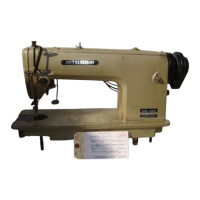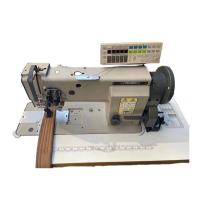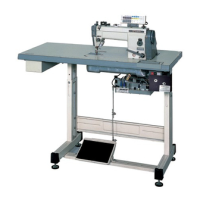Contents
[1] For safe use [1]-1
[2] Precautions for use [2]-1
[3] Explanations of basic screens, buttons and operations [3]-1
[4] Stitching data type and writing No. [4]-1
[5] Reading, writing and erasing data (floppy disk) [5]-1
(1) Reading (from floppy disk)
[5]-1
(2) Writing (to floppy disk)
[5]-3
(3) Erasing (from floppy disk)
[5]-4
[6] Reading, writing and erasing data (internal memory) [6]-1
(1) Reading (from internal memory) [6]-1
(2) Writing (to internal memory)
[6]-2
(3) Erasing (from internal memory)
[6]-4
[7] Reading data (short cut function) [7]-1
[8] Creating simple stitching data [8]-1
[9] Methods of creating stitching data [9]-1
(1) Linear input [9]-1
(2) Arc input
[9]-4
(3) Circle input
[9]-8
(4) Curve input
[9]-11
(5) Broken line input
[9]-16
(6) Point input
[9]-20
(7) Code data input
[9]-23
(8) Back tacking (start/end back tacking)
[9]-27
(9) Back tacking (overlap back tacking)
[9]-29
(10) Multiple stitching
[9]-31
(11) Offset stitching (with overlap back tacking)
[9]-34
(12) Zigzag stitching (with overlap back tacking)
[9]-36
[10] Table of stitching type combinations [10]-1
[11] Call-up function [11]-1
- I -
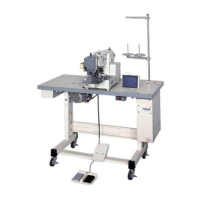
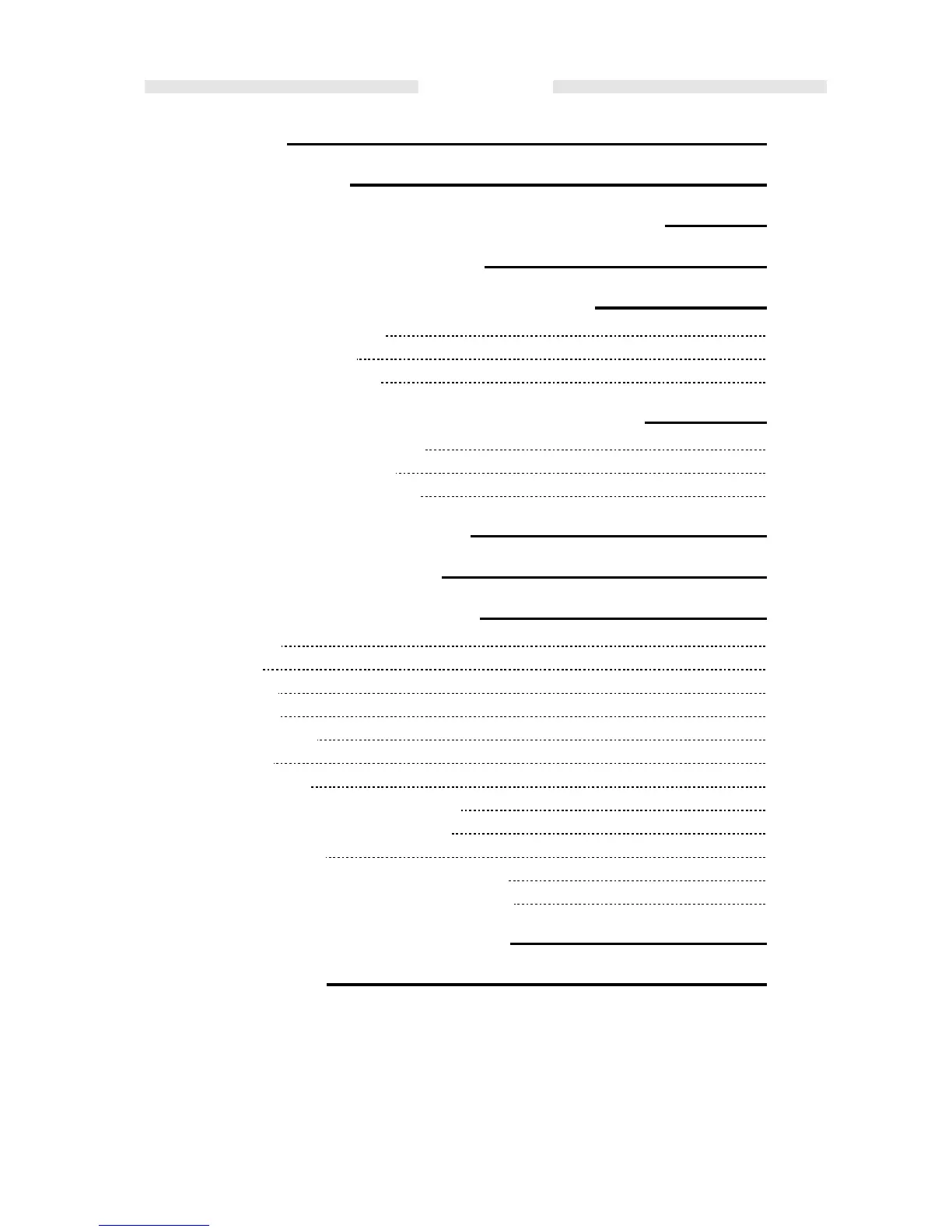